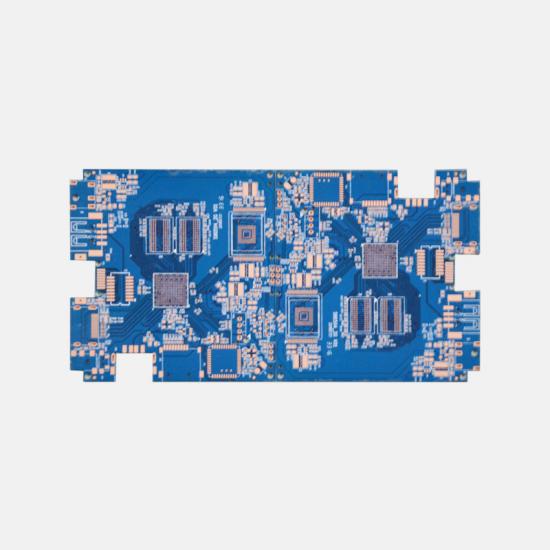Enhancing Connectivity: The Role of Rigid PCBs in Electronics
Igniting a New Era of Connectivity and Integration
In the fast-paced world of electronics, enhancing connectivity is critical to meet the ever-evolving demands of consumers. Amidst this technological revolution, rigid printed circuit boards (PCBs) have emerged as the unsung heroes, revolutionizing the way electronic devices are designed and manufactured. With their exceptional versatility, reliability, and cost-effectiveness, rigid PCBs have become an indispensable element in modern electronic devices. This article delves into the fascinating world of rigid PCBs, exploring their significance, working principles, key features, and future prospects.
The Backbone of Electronic Devices: Understanding Rigid PCBs
Rigid PCBs, also known as hardboards, serve as the backbone of electronic devices, providing the necessary support and connectivity for integrated circuits, electronic components, and interconnections. Constructed using multiple layers of rigid substrate material, typically fiberglass-reinforced epoxy, rigid PCBs offer a solid and stable platform for mounting and interconnecting various electronic components, including microprocessors, memory modules, resistors, capacitors, and connectors.
Unleashing Connectivity: Working Principles of Rigid PCBs
Rigid PCBs achieve their connectivity prowess through a combination of conductive traces, vias, and pads. Conductive traces, formed by etching copper patterns on the substrate, facilitate the flow of electric signals between components. Vias are small holes drilled through the layers of the PCB, providing a pathway for vertical connectivity. Pads, typically made of copper or gold-plated copper, serve as connection points for soldering electronic components. The integration of these elements enables the efficient transmission of signals and power, enhancing the overall functionality and performance of electronic devices.

Key Features and Advantages of Rigid PCBs
Rigid PCBs offer numerous advantages that have propelled their widespread adoption in the electronics industry. Firstly, their rigid nature ensures structural stability, minimizing the risk of component damage due to mechanical stress. Additionally, rigid PCBs exhibit excellent thermal conductivity, efficiently dissipating heat generated by electronic components, thereby enhancing their reliability and lifespan. Furthermore, the high-density interconnects of rigid PCBs allow for compact designs, enabling miniaturization of electronic devices without compromising functionality. Their cost-effectiveness, ease of assembly, and compatibility with automated manufacturing processes further contribute to their popularity.
Shaping the Future: Advancements and Applications
As technology continues to advance, rigid PCBs are evolving to meet the demands of emerging applications. The relentless pursuit of miniaturization has led to the development of flexible and rigid-flex PCBs, combining the advantages of both rigid and flexible substrates. This innovation enables the creation of bendable and foldable electronic devices, opening up new possibilities in wearable technology, aerospace, and healthcare sectors. Rigid PCBs also play a vital role in the automotive industry, enabling the integration of advanced driver-assistance systems, infotainment systems, and electric vehicle components. With the advent of 5G technology and the Internet of Things (IoT), the demand for rigid PCBs is poised to skyrocket, as they form the foundation for seamless connectivity and intercommunication.
In Conclusion
In the realm of electronics, rigid PCBs are the unsung heroes that enhance connectivity, enable miniaturization, and shape the future of technology. From smartphones to spacecraft, these unassuming circuit boards serve as the backbone, seamlessly connecting the world of electronics. As innovation continues to unfold, the role of rigid PCBs will only grow, fueling the connectivity revolution and leading us into a future where seamless integration and connectivity are the norm.
Send PCB Files to Sales@ucreatepcba.com, We Will Quote You Very Soon!
Request PCB Manufacturing & Assemble Quote Now



